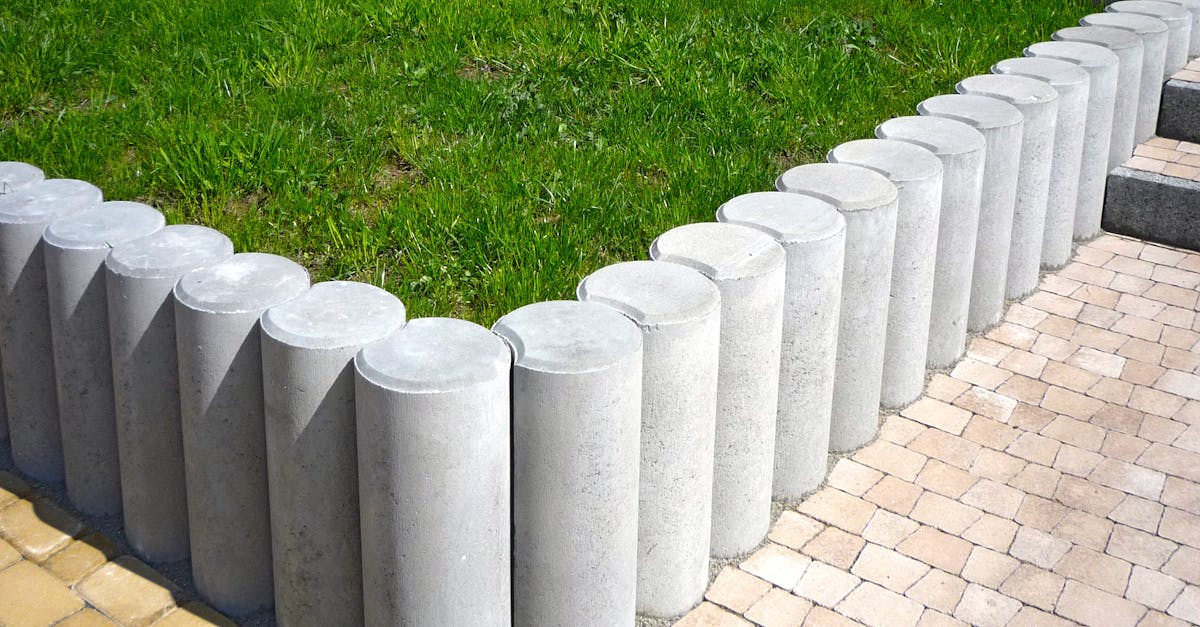
Table Of Contents
BiWeekly Garden Care Routine
During your bi-weekly garden care routine, it is essential to maintain a balance between planting and pruning. Assess the needs of each plant individually to ensure proper care and growth. Remove any dead or damaged leaves and stems to promote healthy development. Pay close attention to watering requirements, especially during hotter months, and adjust accordingly to prevent over or under-watering. Additionally, take this time to inspect for pests and diseases, addressing any issues promptly to safeguard the overall health of your garden.
Planting and pruning are crucial components of the bi-weekly garden care routine, helping to maintain the vitality of your plants. Carefully follow planting schedules based on the specific needs of each plant type, considering factors such as sunlight exposure and optimal soil conditions. Pruning should be done selectively, focusing on removing weak or overcrowded branches to encourage stronger growth and enhance the overall appearance of your garden. By dedicating time to planting and pruning every two weeks, you can stay ahead in nurturing a thriving and vibrant garden space.
Essential Tasks for a Healthy Garden
Essential tasks for a healthy garden include regular planting and pruning. Planting at the right times ensures that your garden flourishes and provides a bountiful harvest. Be sure to follow a planting schedule based on your location and the specific needs of the plants you are cultivating. Pruning is equally important to maintain the health and vitality of your garden. Regularly trimming back overgrown branches and dead foliage not only improves the aesthetic appeal of your garden but also promotes new growth and prevents diseases from spreading. Remember to research the best methods for each type of plant to ensure proper care.
Tips for Extending the Growing Season
Gardeners can increase their growing season by utilizing various techniques, such as utilizing greenhouses and row covers effectively. These tools help regulate temperature and protect plants from frost, allowing for extended growing periods. Additionally, planting frost-resistant crops, such as spinach, kale, and certain varieties of lettuce, can help lengthen the harvest season well into the fall.
Another strategy to prolong the growing season is by practicing succession planting and pruning. Succession planting involves sowing seeds at different times to ensure a continuous harvest throughout the season. Pruning can also stimulate growth and productivity by removing dead or overgrown branches, allowing plants to focus their energy on producing new fruit or flowers. By adopting these practices, gardeners can maximize their harvest and enjoy fresh produce for a longer duration.
Using Greenhouses and Row Covers Effectively
Greenhouses and row covers are valuable tools for gardeners looking to extend their growing season and protect delicate plants from harsh weather conditions. When used effectively, these structures can create a microclimate that promotes optimal plant growth. Greenhouses provide a controlled environment for tender plants, allowing for earlier planting in the spring and prolonging the harvest well into the fall. Row covers, on the other hand, offer protection from frost and pests, creating a barrier that shields plants without obstructing sunlight.
When utilizing greenhouses and row covers, timing is crucial. It is essential to align the use of these structures with the needs of specific plants throughout the growing season. Planting and pruning within these protected environments should be done with care to ensure proper air circulation and prevent overcrowding. Additionally, monitoring temperature and humidity levels within greenhouses is essential to avoid stressing plants or creating a breeding ground for disease. Proper maintenance of these structures will maximize their effectiveness in safeguarding plants and extending the growing season.
Factors to Consider Before Planting
Factors to Consider Before Planting
When preparing to start your gardening journey, it is crucial to take into account a variety of factors that can significantly impact the success of your plants. First and foremost, consider the specific planting and pruning requirements of the plants you intend to grow. Understanding the preferred timing for planting and the necessary pruning techniques will set a strong foundation for a thriving garden.
In addition to knowing the planting and pruning needs of your plants, it is essential to evaluate the environmental conditions of your garden space. Factors such as soil quality and sunlight requirements play a vital role in the health and growth of your plants. Conduct a thorough assessment to ensure that the soil is suitable for the plants you wish to cultivate and that the selected area receives the optimal amount of sunlight for their growth.
Soil Quality and Sunlight Requirements
When determining the best times to plant in your garden, it is crucial to consider the soil quality and sunlight requirements of the specific plants you intend to grow. Different plants have varying needs when it comes to the type of soil they thrive in and the amount of sunlight they require for optimal growth. Before planting, assess the quality of your soil by testing its composition and nutrient levels. Adjustments can be made by adding organic matter or fertilizer to improve the soil quality to meet the needs of your plants. Moreover, take note of the sunlight exposure in your garden area. Some plants flourish in full sun, while others prefer partial shade. Understanding the sunlight requirements of your plants will help you determine the best locations for planting and pruning to promote healthy growth.
FAQS
When is the best time to plant in the spring?
The best time to plant in the spring is typically after the last frost date in your area. This allows plants to establish themselves without the risk of cold damage.
How can I extend the growing season for my garden?
You can extend the growing season for your garden by using techniques such as greenhouses and row covers. These structures help protect plants from frost and create a warmer microclimate for them to thrive.
What factors should I consider before planting in my garden?
Before planting in your garden, consider factors such as soil quality, sunlight requirements, and the specific needs of the plants you want to grow. Ensuring these factors are optimal will help your garden flourish.
What are essential tasks for maintaining a healthy garden throughout the season?
Essential tasks for maintaining a healthy garden include regular watering, weeding, fertilizing, and monitoring for pests and diseases. These tasks help ensure your plants have the best conditions for growth.
How often should I care for my garden on a bi-weekly basis?
It is recommended to care for your garden on a bi-weekly basis by performing tasks such as weeding, checking for pest infestations, pruning, and applying fertilizers or other nutrients as needed. Consistent care helps keep your garden in top condition.


